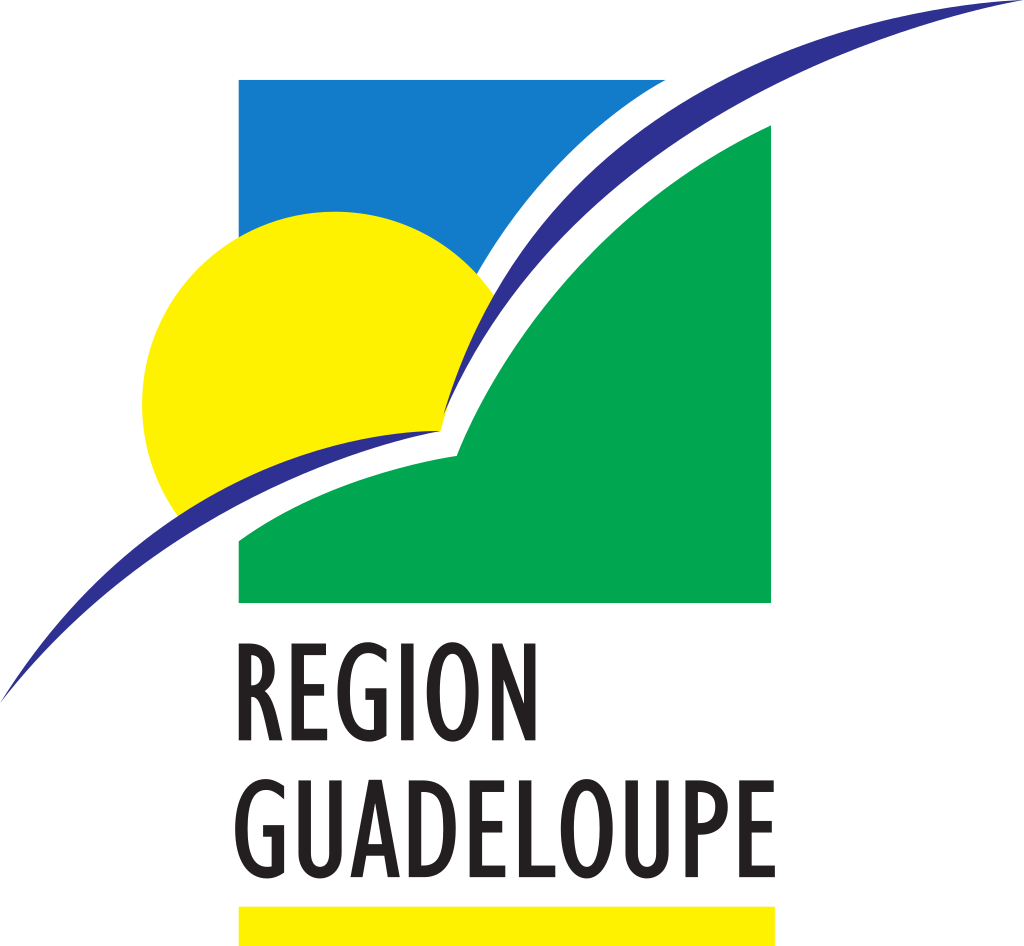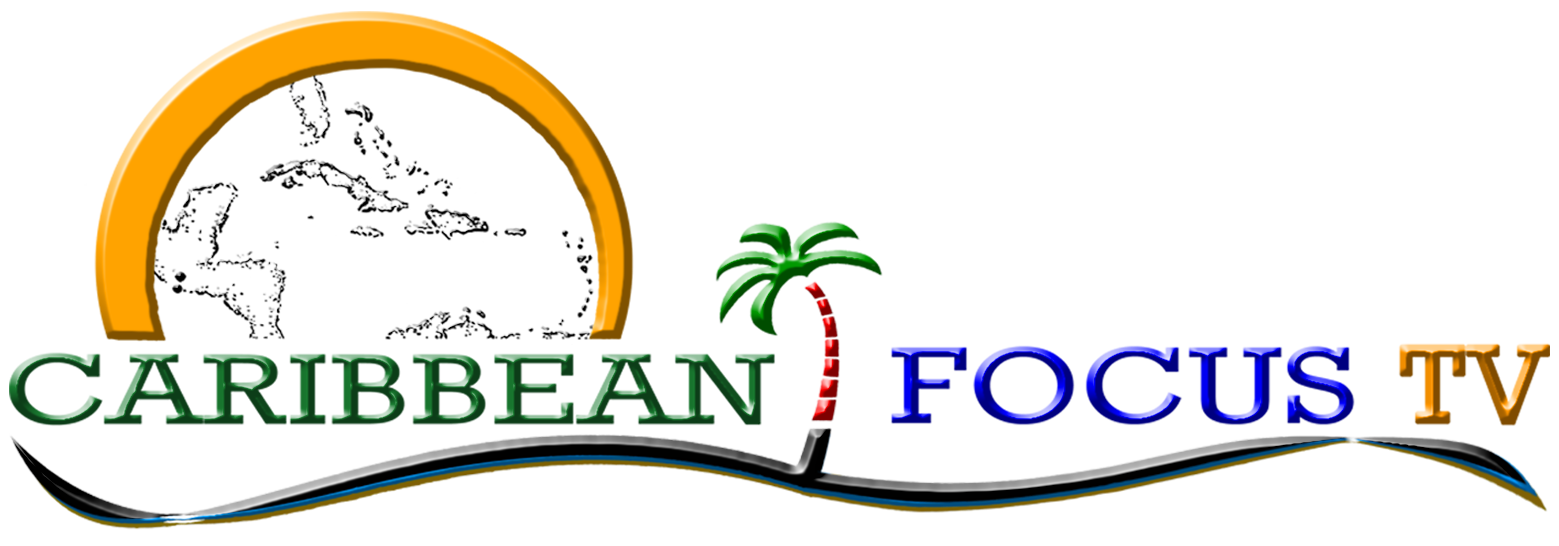Guadeloupe

- Location: Guadeloupe is an archipelago located in the eastern Caribbean Sea, part of the Lesser Antilles island chain. It is situated between the islands of Dominica and Antigua and Barbuda.
- Size and Population: Guadeloupe consists of two main islands: Basse-Terre and Grande-Terre, along with several smaller islands. The total land area is approximately 1,628 square kilometers (629 square miles), and the population is around 400,000 people.
- Capital: Basse-Terre is the administrative capital of Guadeloupe, located on the island of the same name. However, Pointe-à-Pitre, located on Grande-Terre, serves as the economic and commercial capital.
- Geography: Basse-Terre is characterized by its mountainous terrain, including the active volcano La Grande Soufrière, which is the highest peak in the Lesser Antilles. Grande-Terre, on the other hand, is flatter and known for its beaches and coral reefs.
- History: Guadeloupe was first inhabited by the indigenous Arawak and Carib peoples before being colonized by the Europeans. The island was settled by the French in the 17th century and later became a French colony. Guadeloupe remains an overseas department of France today.
- Government: Guadeloupe is an overseas department of France, which means it is an integral part of the French Republic and is governed by French law. The island has a local government headed by a prefect appointed by the French president.
- Economy: The economy of Guadeloupe is based on agriculture, tourism, and services. The island is known for its production of sugarcane, bananas, and rum. Tourism is also an important industry, with visitors drawn to the island’s natural beauty, cultural attractions, and French-Caribbean cuisine.
- Culture: Guadeloupean culture is a blend of African, French, and Caribbean influences. Music, dance, and festivals such as Carnival are important aspects of Guadeloupean culture. Traditional music genres such as zouk and gwo ka are popular in Guadeloupe.
- Language: French is the official language of Guadeloupe and is spoken by the majority of the population. Guadeloupean Creole, a French-based creole language, is also widely spoken.
- Natural Beauty: Guadeloupe is known for its stunning natural landscapes, including lush rainforests, waterfalls, and volcanic peaks. The island offers a range of outdoor activities such as hiking, snorkeling, diving, and sailing.
- These facts provide an overview of Guadeloupe’s geography, history, government, economy, culture, and natural attractions.
